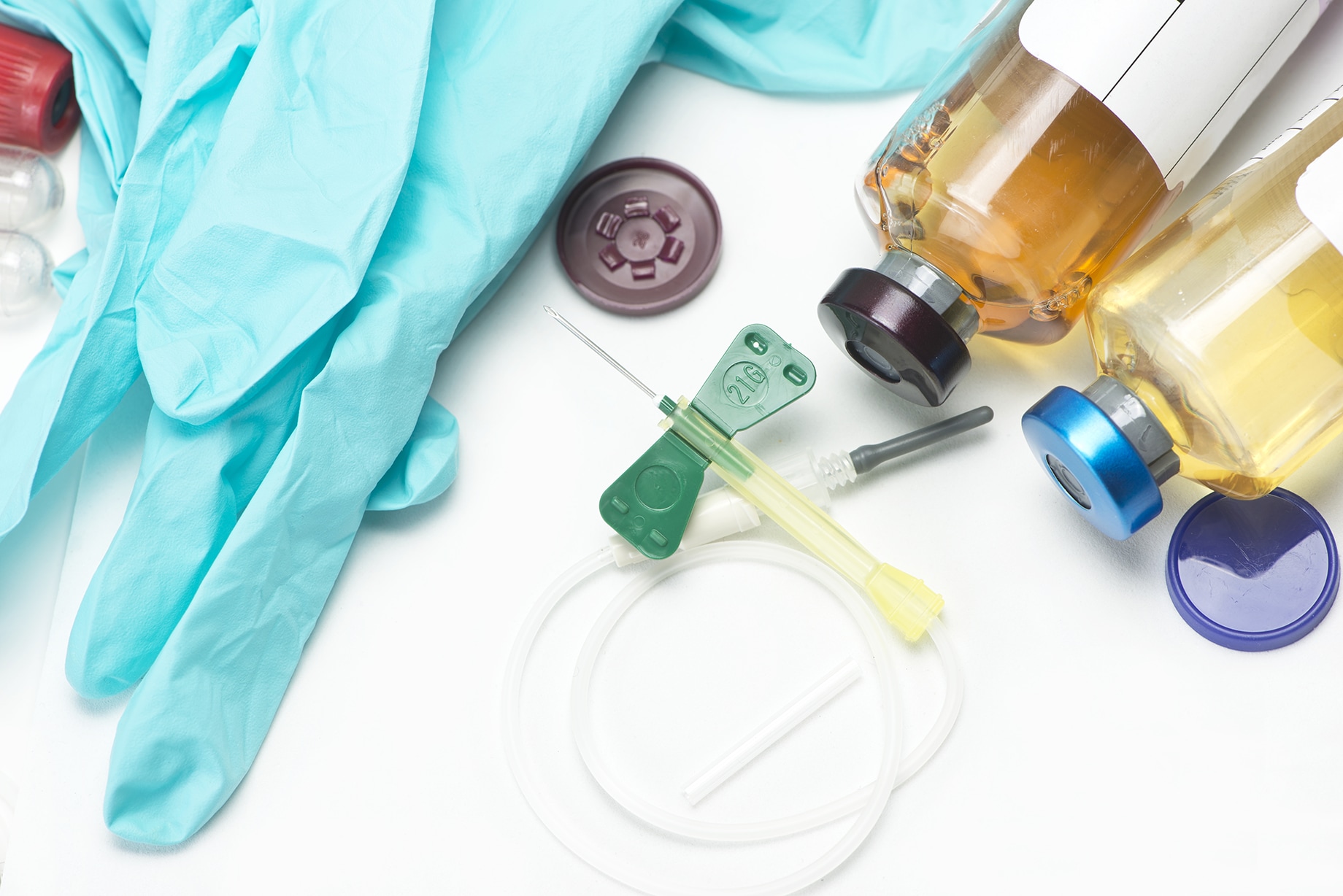At a glance
- The CMS Consensus-Based Equity quality measure incorporates best practices on blood culture collection.
- Find tips and review relevant professional guidance and Clinical Laboratory Improvement Amendments of 1988 (CLIA) regulations to help ensure optimal blood culture collection.

Collect multiple sets to achieve the optimal volume
A blood culture set from an adult patient should consist of 20–30 mL of blood collected through venipuncture. This may require more than two bottles, depending on the blood culture system and the institutional policy.
The volume of blood collected is critically important to the laboratory diagnosis of bloodstream infection, which generally requires two or more sets to achieve. In addition, two sets are required to determine whether a possible contaminant, like bacteria, is present.
To achieve an optimal volume, the blood culture collection standard of practice is to collect two to four blood culture sets from adult patients. This is specifically for patients with a suspected blood stream infection in the evaluation of each septic episode (i.e., 24 hours). Your hospital or clinical setting should instruct healthcare staff to collect at least two blood culture sets (total volume of 40–60 mL) within a 24-hour period by peripheral venipuncture prior to antibiotic administration, if possible.
Know the CLIA Standard requiring a quality system
"Laboratory Requirements," Code of Federal Regulations, Title 42 (2023): Chapter IV, Part 493
Subpart K – Quality System for Non-Waived Testing – § 493.1200 Introduction
Each laboratory that performs nonwaived testing must establish and maintain written policies and procedures that implement and monitor a quality system for all phases of the total testing process (that is, pre-analytic, analytic, and post-analytic) as well as general laboratory systems.
Know the CLIA Standard for specimen identification
"Laboratory Requirements," Code of Federal Regulations, Title 42 (2023): Chapter IV, Part 493
Subpart K – Quality System for Non-Waived Testing – § 493.1232 Standard: Specimen identification and integrity
The laboratory must establish and follow written policies and procedures that ensure positive identification and optimum integrity of a patient's specimen from the time of collection or receipt of the specimen through completion of testing and reporting of results.
Establish a blood culture collection SOP
CDC encourages you to use the following model to establish an effective blood culture collection Standard Operating Procedure (SOP) in your clinical setting:
- Use at least two unique patient-specific identifier(s) to identify the patient (it is good practice to use more than one unique identifier, e.g., patient's name and date of birth).
- Disinfect the venipuncture site with an appropriate skin disinfectant product containing alcohol.
- Using alcohol to remove the normally occurring skin oils allows water-based preparations to reach and decontaminate the skin surface.
- Using alcohol to remove the normally occurring skin oils allows water-based preparations to reach and decontaminate the skin surface.
- Disinfect the rubber septum on the blood culture bottles or evacuated tube(s) with 70% isopropyl alcohol.
- Collect blood before antimicrobial therapy if possible.
- Collect the first blood culture set, usually consisting of one aerobic and one anaerobic bottle.
- Collect 10 mL of blood in each bottle for a target total blood volume of 20 mL in each set (40 mL when collecting two blood culture sets).
- The volume of blood collected, not timing, is most critical.
- The volume of blood collected, not timing, is most critical.
- Measure and document the volume of blood collected in each bottle.
- Document the body (anatomic site) from which the blood culture was collected (e.g., left antecubital, right subclavian, left hand).
- Document the collection method (e.g., venipuncture or from a central line or arterial line).
- Document the staff person who drew the blood cultures.
- Document the location in the facility where the blood cultures were drawn (e.g., Emergency Department, Intensive Care Unit, etc.).
- Repeat steps (1–11) after the first set to collect the second blood culture set using one aerobic and one anaerobic bottle.
- The upper extremity is the preferred venipuncture site, using the right and left antecubital fossa, if possible.
- The upper extremity is the preferred venipuncture site, using the right and left antecubital fossa, if possible.
- Transport the blood culture sets immediately to the laboratory for processing.
Know the CLIA Standard for specimen submission, handling, and referral
"Laboratory Requirements," Code of Federal Regulations, Title 42 (2023): Chapter IV, Part 493
Subpart K – Quality System for Non-Waived Testing – §493.1242 Standard: Specimen submission, handling, and referral.
(a) The laboratory must establish and follow written policies and procedures for each of the following, if applicable:
- Patient preparation.
- Specimen collection.
- Specimen labeling, including patient name or unique patient identifier and, when appropriate, specimen source.
- Specimen storage and preservation.
- Conditions for specimen transportation.
- Specimen processing.
- Specimen acceptability and rejection.
- Specimen referral.
(b) The laboratory must document the date and time it receives a specimen.
(c) The laboratory must refer a specimen for testing only to a CLIA-certified laboratory or a laboratory meeting equivalent requirements as determined by CMS.
(d) If the laboratory accepts a referral specimen, written instructions must be available to the laboratory’s clients and must include, as appropriate, the information specified in paragraphs (a)(1) through (a)(7) of this section.
